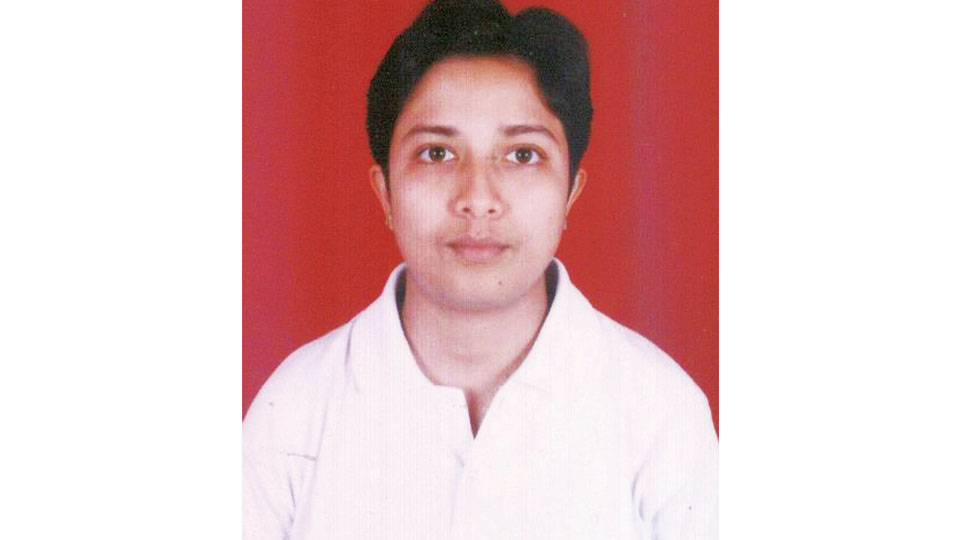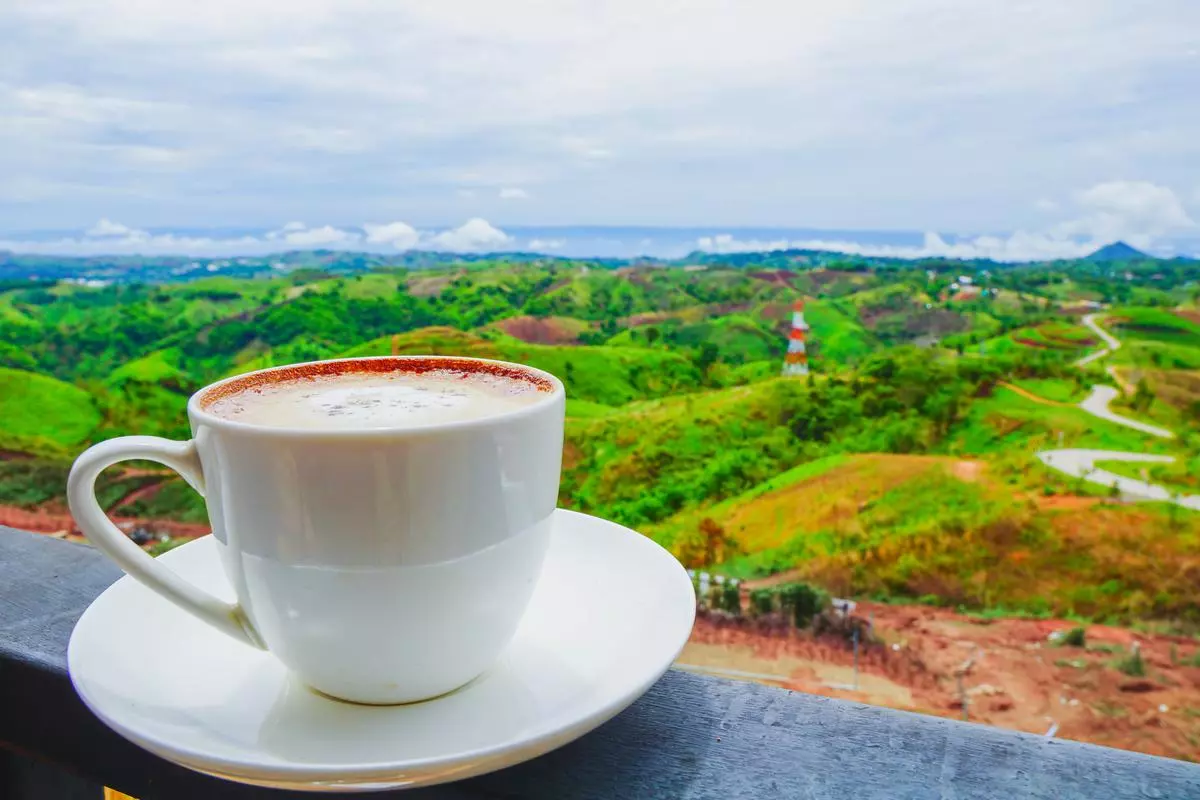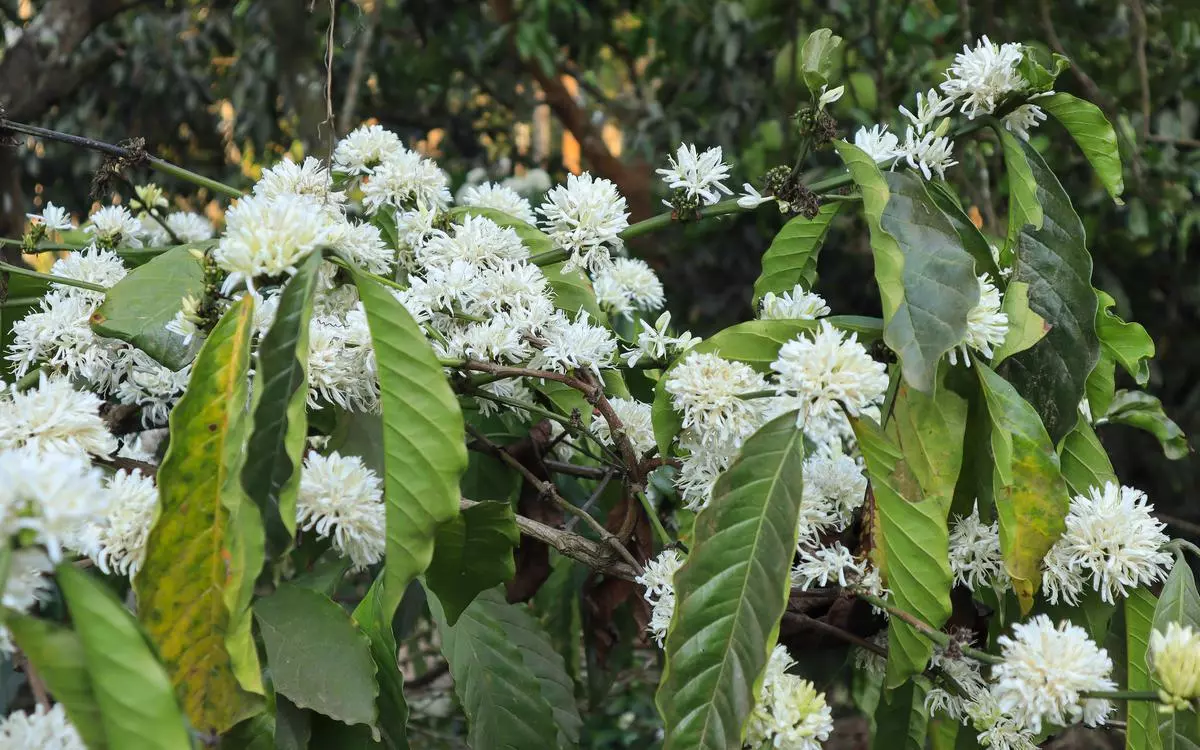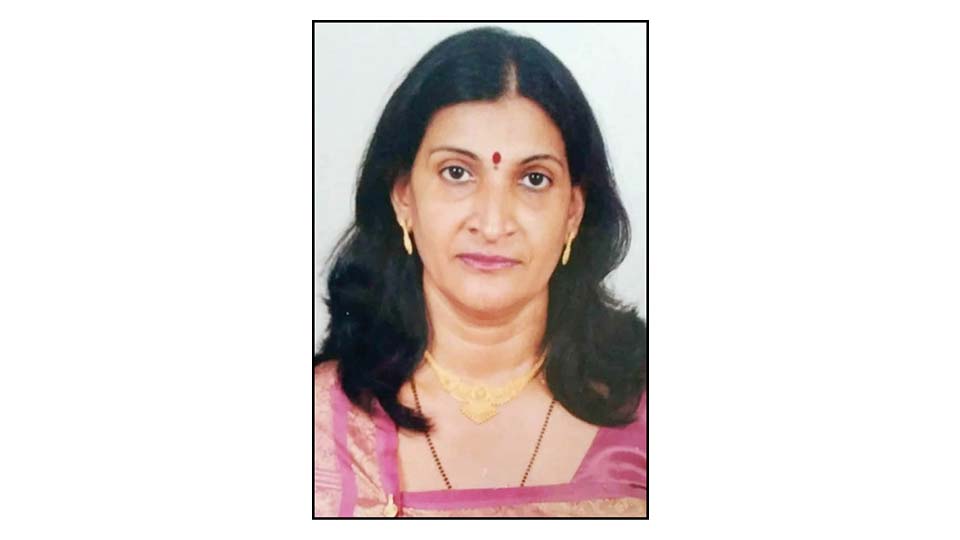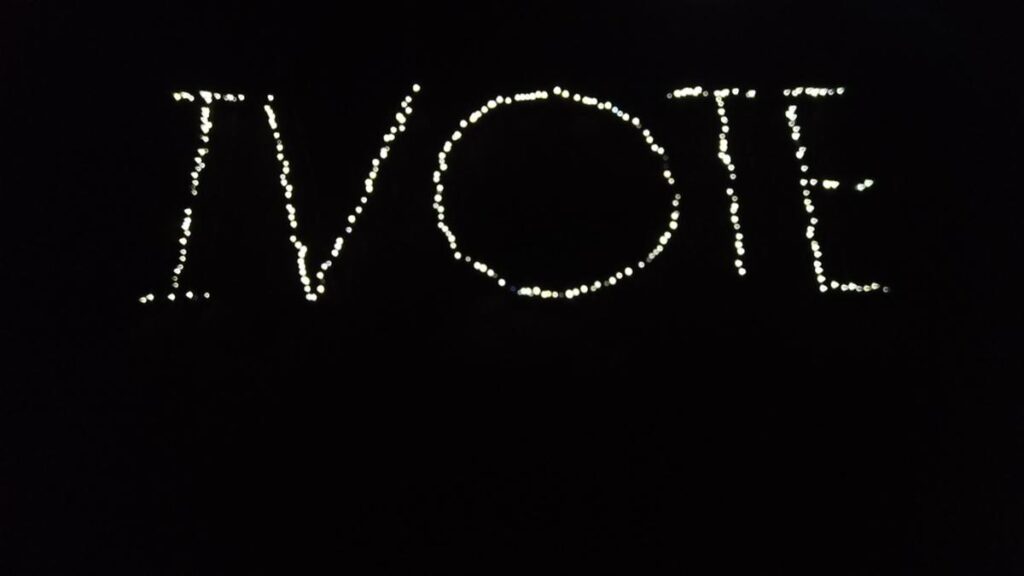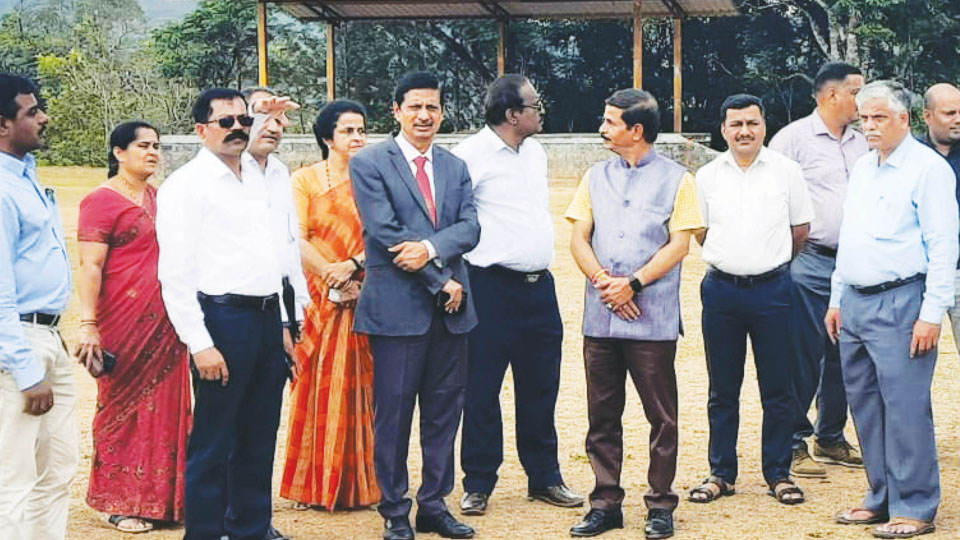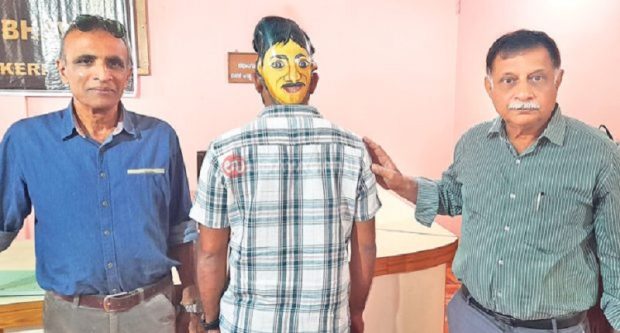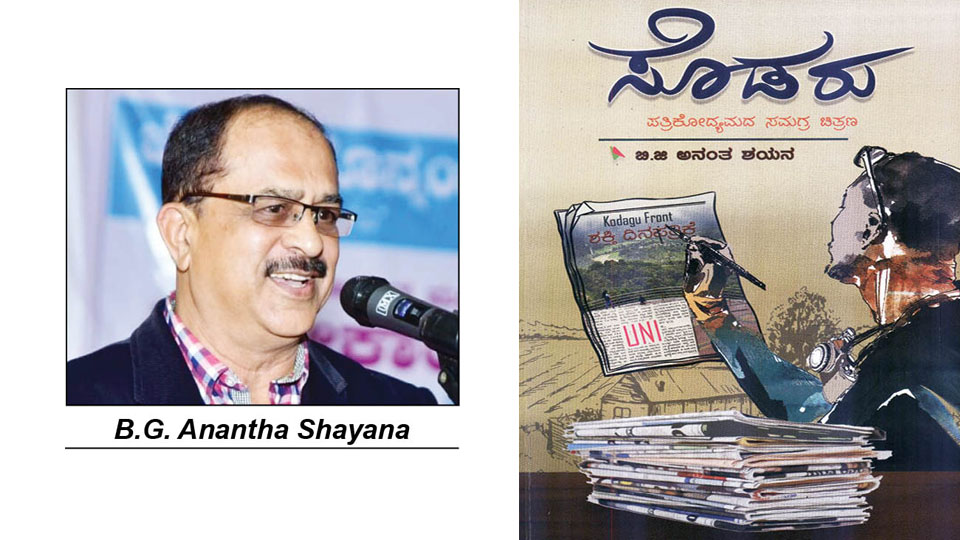
Title : “Sodaru: A journey of a journalist”
Price : Rs. 140
Publisher : Adiraaj Prakashana, 245/F, 5th West Cross, Uttaradhi Mutt Road, Mysuru. For book contact: 98445-76429. E-mail: ananth.alpinia@gmail.com
This is an age of information. Thanks to the quantum development in the area of information technology like never before. Books, newspapers, radio, telephone, internet etc., enable this revolution with speed and spread of information. But behind all these media blitzkrieg and bombardment is a journalist who provides the content. Smile please!
Being a journalist, it is natural for me to evince interest in the area of journalism and all that is related to that activity.
A few days back I learnt that B.G. Anantha Shayana, the senior journalist and the consulting editor of Kannada daily ‘Shakti’, Kodagu district, who is also the correspondent of United News of India (UNI), has written a book about his experience as a journalist.
Kodagu being my home district and having done my SSLC in Madikeri Government Central School and then the graduation there, the book interested me much, coming as it was from the editor of Kodagu’s first and only favourite Kannada newspaper even today. It was started in 1957 when I was in the second intermediate (1957-58). I was a witness to its founder-editor B.S. Gopalakrishna, a fair complexioned person with rotund visage, working at the slanting composing table, standing head bent over the wooden type-setting board. The press was at the landmark (for those days) “chowki”, where four roads converged. His was a gradual growth as a publisher and writer against all odds.
When I left Madikeri after graduation in the year 1959, Shakti had become a noted local paper in Madikeri spreading its wings across Kodagu. Now 65 years on, it is still an iconic newspaper in Kodagu. This was possible because of B.S. Gopalakrishna’s three sons who took over the reins and responsibility to keep the flag of success flying high. One of the sons is B.G. Anantha Shayana, the author of the book “Sodaru”. “Sodaru” in old Kannada means light, lamp.
This book of 98 pages is all about the author’s experience as a journalist, executive and tourist abroad. He also speaks of ethical values to be followed in the profession and about the personal risk a reporter-journalist unwittingly faces in his over-enthusiasm. His every experience is illustrated in detail and this makes the book unputdownable for any journalist. I finished reading it in one sitting and then decided to write this column.
Let me share some of his experiences here with my own remarks as an intervention! Anantha Shayana has in a way delivered a sermon and also given a road-map for aspiring journalists. Therefore, this book may be recommended as an optional reader for students of journalism in their graduate or post-graduate classes. I am sure many working or retired journalists, including myself, would have had similar experience if not the exact ones.
The author speaks of the importance of correct information a journalist collects and gives the example of Sri Jayendra Saraswathi Swamiji of Kanchi Kamakoti Mutt, Tamil Nadu. That on August 23, 1997, the Swamiji had suddenly and clandestinely left the mutt and disappeared. That naturally made national and even international news. Those days telephone communication was outdated and difficult. Author Anantha Shayana got a phone call in the morning from his friend in Talacauvery (birth place of river Cauvery) in Kodagu. The call was made by his friend after walking 8 kms from Talacauvery to the nearest telephone booth in Bhagamandala, a township. By now an all India search for the Swamiji was launched on a war-footing. The caller said, “Anantha, three days back at midnight some Swamiji has come here with a small group. When asked who he was, nobody opens mouth. Must be a very famous Swamiji.”
uthor says when he went there immediately, the Swamiji’s followers did not allow him to meet the Swamiji. However, when he said he was from UNI, he was allowed on assurance that it would make all India news! So it was, he was the first person to break this news.
By the way, I too reached there with our Mysuru journalists and met him at Talacauvery. But, what is important here is that UNI did not publish the news of finding the Swamiji IMMEDIATELY. The UNI Bengaluru and Delhi Office had called Anantha Shayana over 10 times to urge him to check, check and check again and confirm. They even asked him to go to Talacauvery once again. Further, UNI sent its Mysuru correspondent to Anantha Shayana in Kodagu to go again to Talacauvery. It was only then the UNI flashed the news, though many hours late, as “Sri Jayendra Saraswathi traced.”
This is called responsible journalism and responsible journalist on the spot. Which is why the motto of Star of Mysore printed on the second page declares: “We believe comment is free, but facts are sacred.” Sadly, these days we find more arm-chair journalists looking into a cellphone in hand, sometimes purveying fake news.
Be that as it may, I found in his one observation about the truth all the local newspaper editors and journalists come face-to-face with unlike the State and National newspapers. His observation is that what appears in those big newspapers do not embolden the reader, about whom a negative news has appeared, to directly go and attack the editor or the journalists. But the local, small-town or rural newspaper editors and journalists become direct targets of attacks and protests. Since I am a victim of this behaviour of readers, criminals, the corrupt and anti-socials, I can vouch 100 percent for what Anantha Shayana has written.
Writing about paparazzi and the British Princess Diana, the author refers to the famous photograph of her boyfriend Dodi Fayad and herself in a kissing pose under the caption “The Kiss.” He says the photographer was paid millions of dollars for this picture. However, sadly it was this obsession to take her photographs that led to the accident killing both of them. The moral Anantha Shayana says is that though a journalist should be a news hound, he should not intrude upon another person’s privacy.
We have seen on TV and read in newspapers some of our opposition leaders going abroad to Harvard, Oxford and elsewhere and giving lectures and interviews to the media criticising India, its government, its democracy and shaming India in foreign countries. But I was delighted to read in the book how the editor of a small district vernacular paper “Shakti” Anantha Shayana dealt with a delicate, despicable situation in a foreign country, Australia, where he went with seven of his friends. Anantha Shayana writes that in Australia they visited a primary school where he asked the group of six students what they knew about India. To his shock, instead of an answer he got a question from a student: Are you not afraid to live in India?
“Why should I?” said Anantha Shayana and asked, “Why do you ask me that question?” Then it became a kind of free-for-all. One said, India was a land of snakes and snake-charmers. “Do you know how to catch snakes?” another wanted to know. “Are there too many beggars? Do you have good houses to live? Do you have cars?” etc., etc. He then asked them if they had read any books on India. No, was the answer. Their opinion of India was hearsay.
Then Anantha Shayana took a class on India to them dropping famous names of politicians, Gandhiji, Generals, educationists, philosophers, space research, the heritage, culture etc. After he finished, one boy said, “I want to visit India.” When some of our opposition leaders visited England and Europe, nobody said “I want to visit India” because they were told by our own opposition politician that India is not a good place where democracy is dying or dead.
Anantha Shayana also writes about his meeting with two spiritual persons. One was Dalai Lama at Dharamshala in Himachal Pradesh.
Question: Will you wage a war against China?
Answer: Many nations in the world support us. One day we will win.
Question: But your youth organisations feel it is not possible to win back Tibet by peaceful means. What do say?
Answer: I am not in administration. I am engaged in matters spiritual. There is an elected government here in exile. They will look into it.
Question: Buddha gave up his palace and after meditating under a tree got enlightened. But you crossed Himalayas, came here and built golden temples, leading luxurious life with cars and palace-like residences.
Anantha Shayana says, Dalai Lama did not have an answer but brushed it aside saying, “These are the mischief played by monks. I don’t know anything.”
Another spiritual person Anantha Shayana mentions is one who became famous for teaching the art of living. Anantha Shayana met him when he visited Kodagu. The spiritual master told, “For propagating spiritual education I have trained 5,000 teachers. They will go to different parts of the country and teach art of living.”
According to Hindu Sanatana Dharma, only the enlightened souls can teach spiritual matters to the seekers. So Anantha Shayana asked: Are all these 5,000 teachers you have trained enlightened?
He did not like the question and he did not answer either.
Moral: Though unpalatable, the journalist must ask intelligent, probing questions.
e-mail: voice@starofmysore.com
source: http://www.starofmysore.com / Star of Mysore / Home> Abracadabra> Columns / by K.B. Ganapathy / May 08th, 2023


